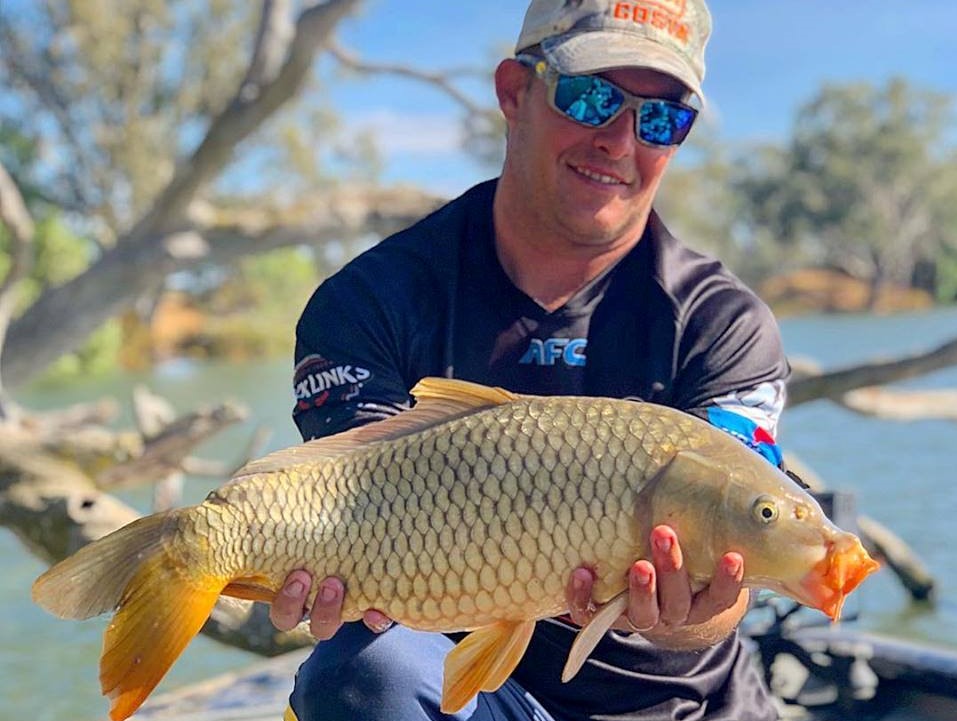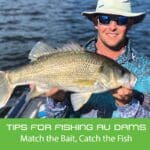
Select your boat, and we'll show you products that fit your Make & Model.
Our product is made from at least
75% recycled polyester fibres.
Our product is made from at least
75% recycled polyester fibres.
Our product is made from at least
75% recycled polyester fibres.

Enter your account email address and password and click continue to log in.
All fields are mandatory. Please carefully fill all the fields and click continue to create account.

Please select your local RAILBLAZA website.
Please visit our International site to access a wider range of features and products, as well as to find locations that carry RAILBLAZA products near you.
Australian dams hold a great variety of freshwater sport fishing species to target thanks often to the efforts of restocking programs. For many anglers looking to hit these waterways for the first time, it’s hard to know where to start in the planning for targeting fish in the area. Queensland based RAILBLAZA Pro Staffer Mathew Langford, well-known Australian freshwater angler, has supplied the below article sharing his insights which will help anyone looking to target freshwater species in any Australian Dam.
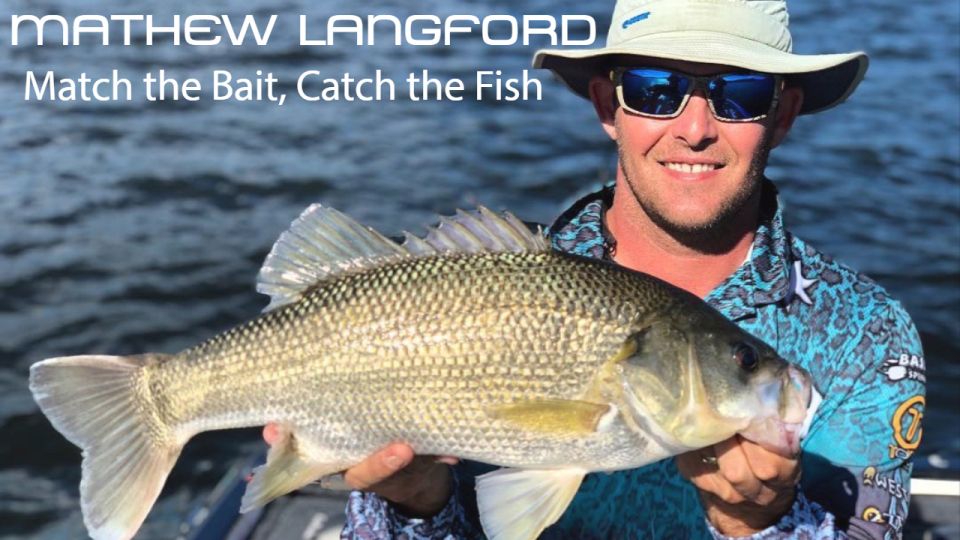
In our freshwater lakes and rivers, there is a large variety of bait species that our larger freshwater species feed on. Almost every location has its own unique mixture of bait that the predatory fish commonly feed on. No two locations are identical. When I’m about to visit a dam that I haven’t been to I always do some research on what to expect when I get there. This will give me a rough idea of what lures to pack and where to start fishing when I get there. I will give you a rundown on what to look for and what to do to increase your chances of having a good day out on the water.
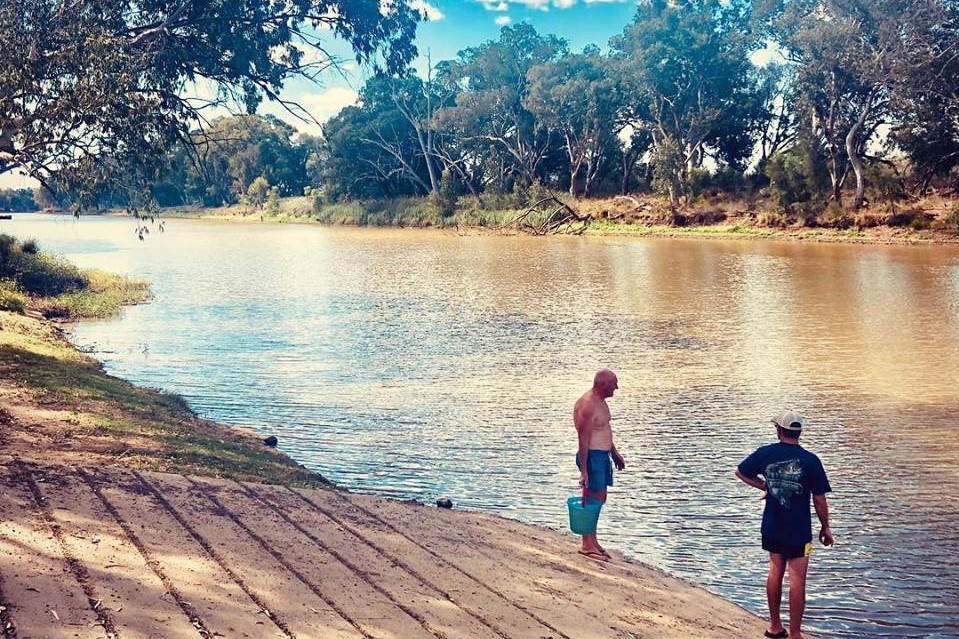
As I stated earlier the bait in every dam or river is different. The bait itself needs habitat to live within or around and is a vital part of their protection and survival. The best way to discover a dam and its habitat is to go out and explore. Weed, timber, rock walls, points, laydowns, Lilly pads all serve as great areas for bait to hide and congregate. Spend some time observing each one and always keep an eye on your sounder as there is much more to a waterway than what you can see from above. Submerged timber, drop-offs, creek beds, deep flats, boulders, weed flats and even deep water are all areas that can hold bait at any time of the year. If you observe a particular bait congregating around a particular habitat, it worth imitating that bait around that area to see what predators are lurking nearby.
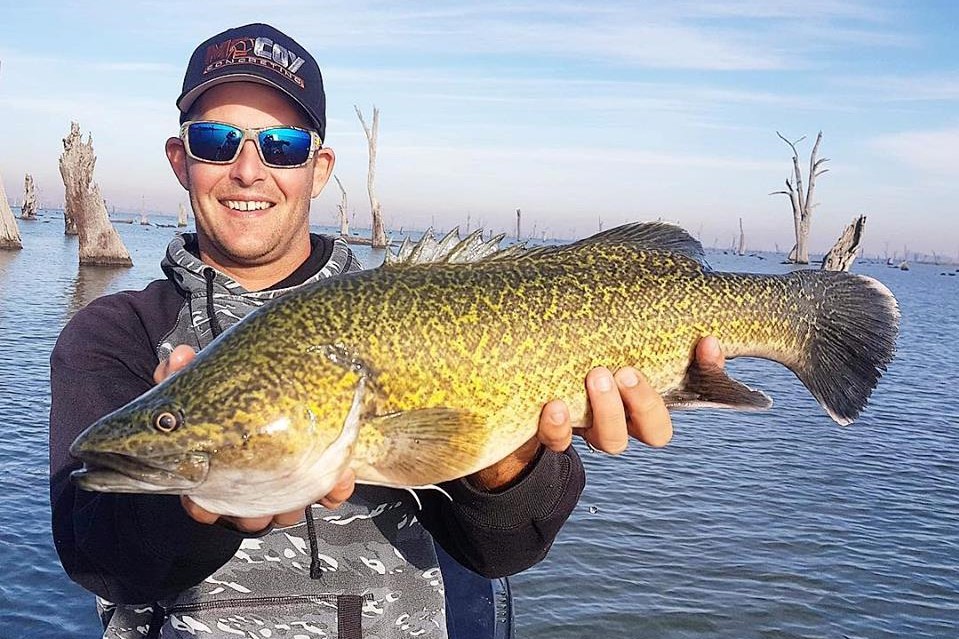
Most bait species that live in a waterway are likely targets for our hungry native fish. All are susceptible at different times of the year, moon cycle or day. Common bait species include Bonies (Bony Bream, or Freshwater Herring), Banded/Barred Grunter, Carp, Gudgeon, Freshwater Gar, Sleepy cod, Smelt, Shrimp, Yabbies, Red Claw, Cicadas, Mice, Lizards, Beetles, Insects and many other aquatic insects, small crustaceans and other native fish. At some time or another, each of these bait species will become targets. Most common species like Bonies can be found out in the deeper water on the flats or the drop-offs. A good sounder will be beneficial in locating these schools of bait. Commonly the fish won’t be far away. Smelt, gudgeon, shrimp and red claw are all very fond of edges, weed or lily pads, and the fish will use these areas to ambush the bait. Particularly in winter when the fish tend to move up shallow. Banded grunter and sleepy cod can be found on the deeper flats. Yabbies and shrimp are also likely to make themselves comfortable around rock walls and rocky points. Cicadas, mice and lizards are obviously common around heavily timbered edges or areas with high grass, or areas that have recently been flooded. Standing submerged timber is also a congregation point for bait fish particularly in summer as the bait is down deeper and can hide within the branches.
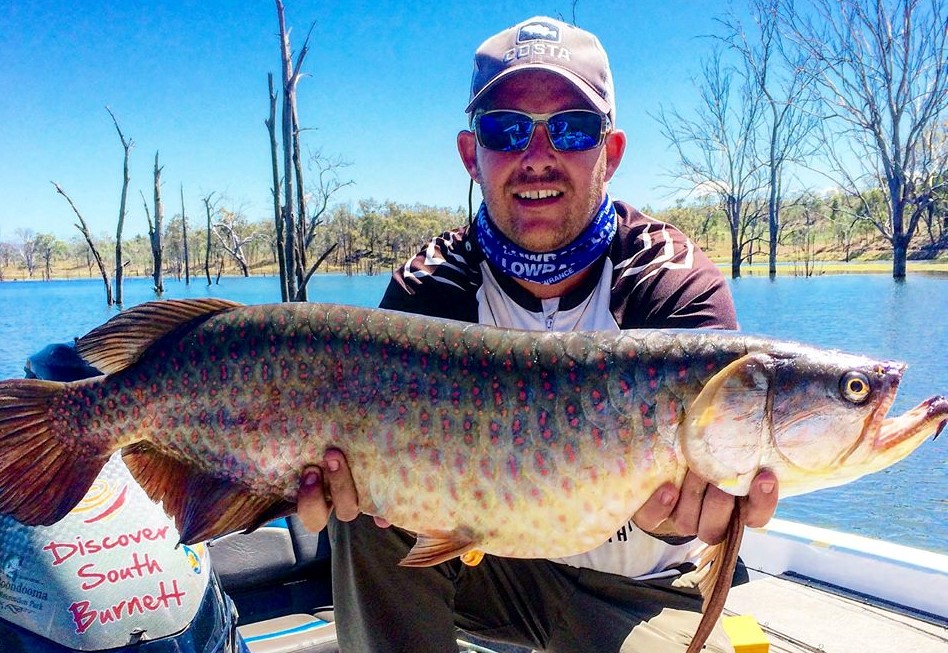
Over time, there has been a great expansion in the various techniques used to target fish in a wide variety of situations. Knowing and using these techniques will give you a great advantage when it comes to fishing. These are the techniques that I would use when fishing in particular areas:
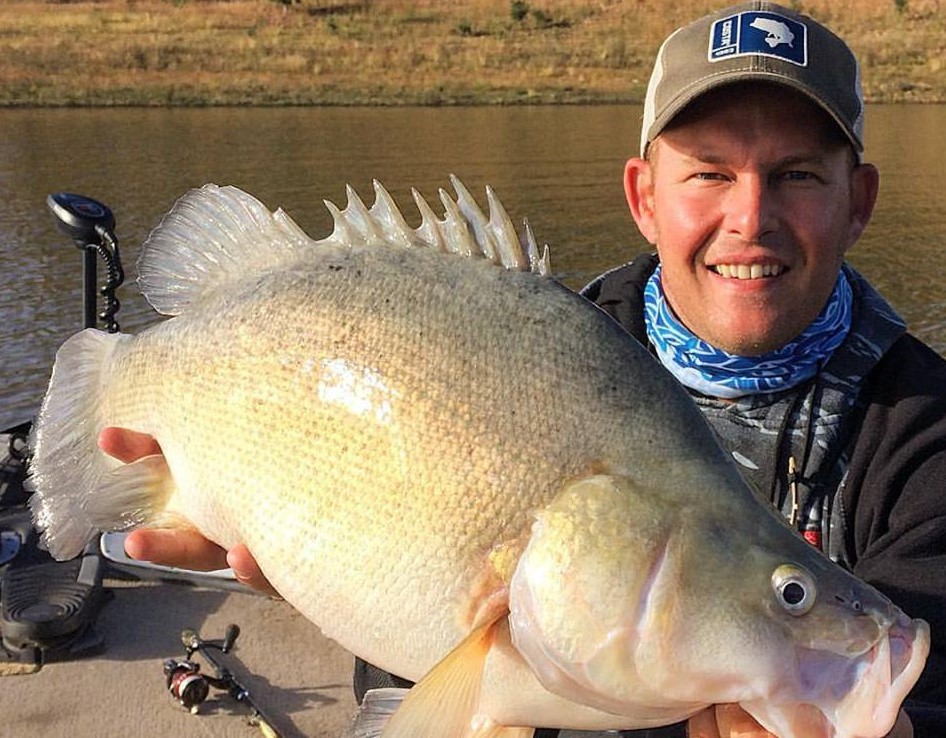
Nowadays lures are designed and made to swim straight out of the packet. The biggest misconception with some lures is to impart an action that is unnatural to the movement of the bait or unnecessary for the lure. The best advice when swimming a new lure is to do some research or read the packet that will often give you instructions. A standard cast and retrieve with varying speed will suffice with most.
In saying this there are most certainly some lures that require a distinct technique or motion to be imparted on the lure. Fishing with soft plastics is a great lure to practice with. They can be swum with a standard retrieve but can also be fished a heap of other ways by varying jig head weight or even different style hooks. They can be fished within the deepest structure using weedless hooks. Fished in deep open water with heavy weighed heads. Fished up shallow along weed edges or even hopped along the bottom out on the flats.
As stated earlier its always best to do your research, talk to professionals or someone who has some success in the past with swimming a lure and getting great results.
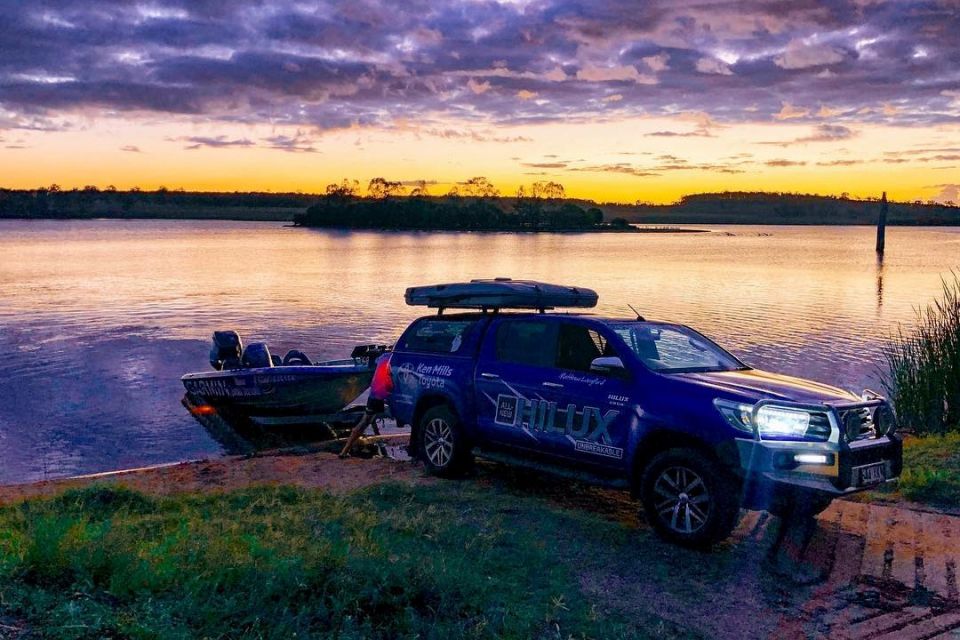
Whilst there are numerous scenarios to consider and a myriad of bait fish in our lakes and rivers it takes time to break each one down to know exactly what’s happening at any given time. One of the biggest factor for success and working out this riddle is spending time on the water and being observant of what’s going on around you and in the water. Be mindful in every situation of factors like weather, structure, bait, depth, lure selection and retrieval. Whilst it may sound daunting, take the time to use your senses and your technology to observe what nature is trying to tell you. Once you’re sure you’ve worked out what bait the fish are eating and your starting to catch a few fish, work your way around the location and look for similar areas that match what you’ve been doing. Repeating this pattern will usually always work, all the way around location your fishing. Nature will always give secrets away eventually and you may be onto something that will give you the satisfaction of catching plenty of fish and a successful day on the water.
If your looking for a place to fish and have a particular species on your bucket list then head over to the below website to start planning a trip by choosing a species to reveal a bunch of prime locations – https://www.daf.qld.gov.au/rsa/sips-dams-and-weirs
Like more Trip Reports & Tackle Tips? Sign up to our Newsletter for regular updates HERE
Follow Mathew’s adventures below
